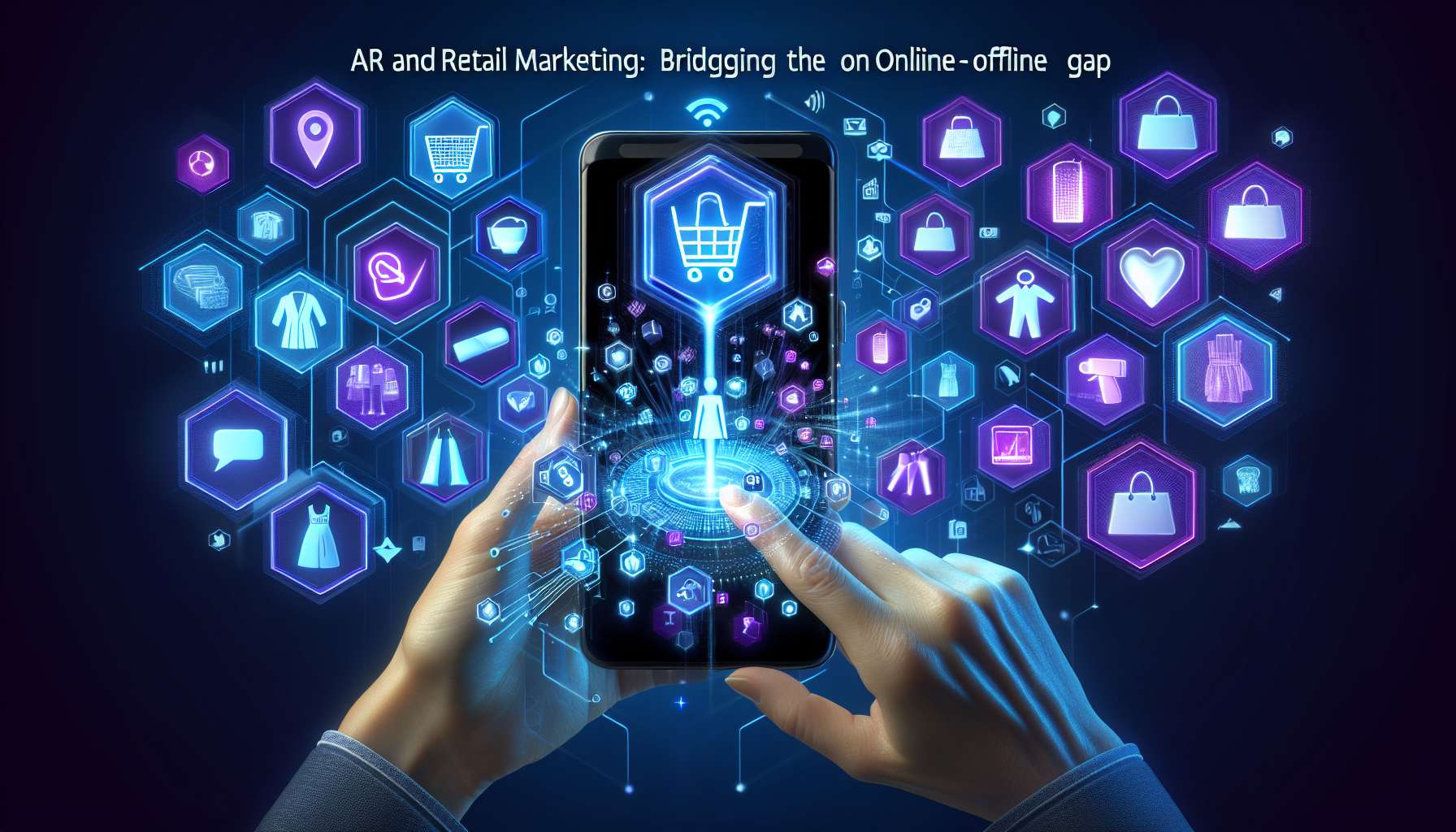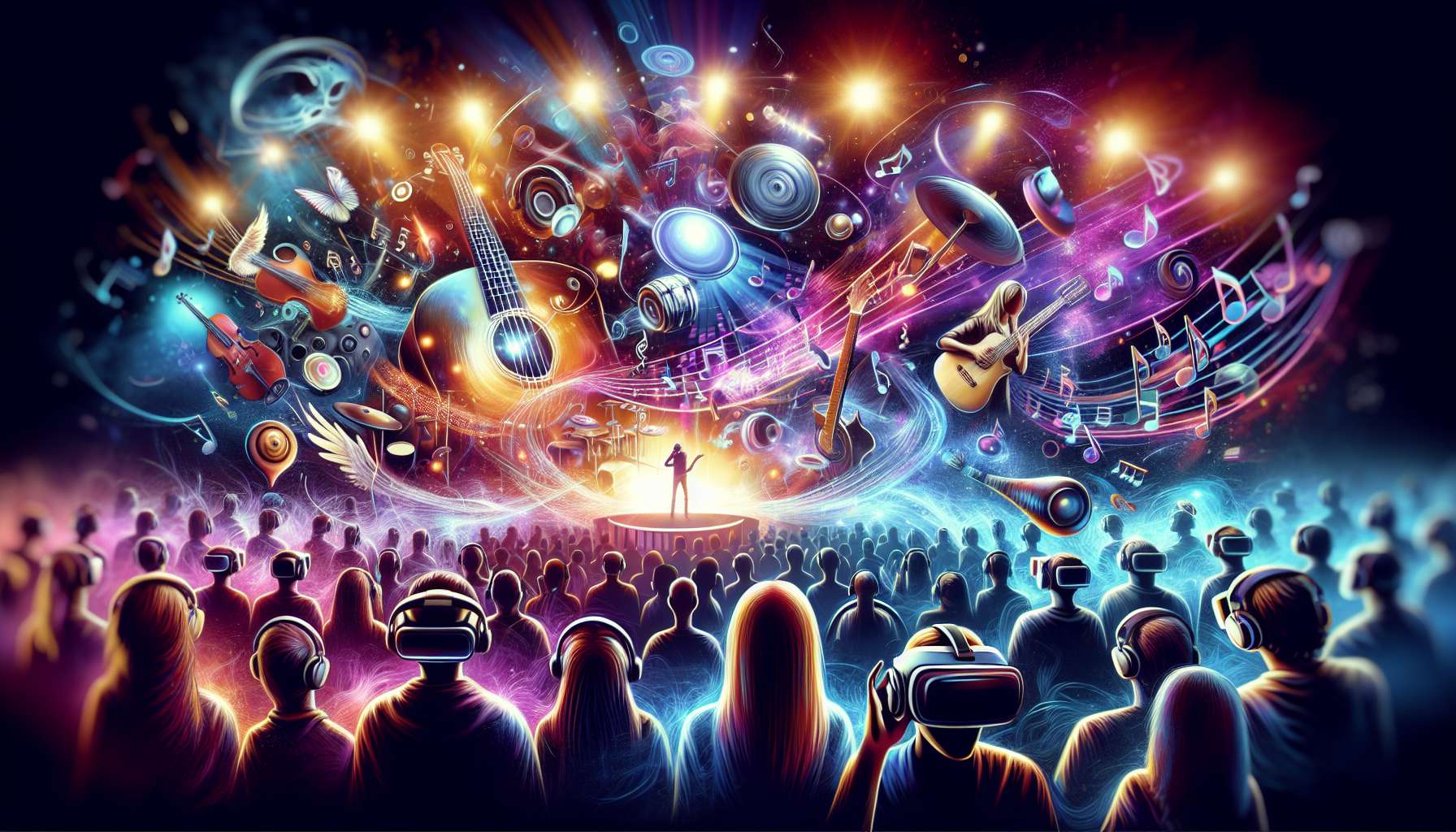Introduction
In today’s digital age, the retail industry is constantly evolving to keep up with changing consumer behaviors and preferences. With the rise of e-commerce, brick-and-mortar stores have faced challenges in attracting customers and providing unique shopping experiences. However, augmented reality (AR) has emerged as a powerful tool that can bridge the gap between online and offline retail marketing.
The Power of AR in Retail
AR technology overlays digital information onto the real world, enhancing the user’s perception and interaction with their surroundings. In the context of retail marketing, AR offers exciting opportunities to engage customers and create immersive experiences.
Enhanced Product Visualization
One of the key advantages of AR in retail is its ability to provide customers with a realistic and interactive visualization of products. By using AR applications on their smartphones or wearable devices, shoppers can virtually try on clothes, visualize furniture in their homes, or see how a new car would look in their driveway. This not only enhances the shopping experience but also reduces the need for physical product samples or prototypes.
Virtual Try-Ons
AR technology has revolutionized the way customers try on products, particularly in the fashion and beauty industries. Virtual try-on features allow users to see how clothing items or cosmetics would look on them without physically trying them on. This not only saves time but also helps customers make more informed purchasing decisions.
Interactive In-Store Experiences
AR can transform traditional brick-and-mortar stores into interactive and engaging spaces. Retailers can use AR to create virtual fitting rooms, where customers can see themselves wearing different outfits without having to physically change clothes. AR can also be used to provide additional product information, such as reviews, ratings, and recommendations, by simply scanning the product with a smartphone.
Benefits for Retailers
Implementing AR in retail marketing offers several benefits for retailers:
- Increased Footfall: By offering unique and immersive experiences, retailers can attract more customers to their physical stores.
- Improved Customer Engagement: AR experiences create a deeper level of engagement, leading to increased customer satisfaction and loyalty.
- Reduced Returns: Virtual try-on features help customers make more accurate purchasing decisions, reducing the likelihood of returns.
- Data Collection: AR applications can collect valuable data on customer preferences and behaviors, enabling retailers to personalize their marketing strategies.
Challenges and Future Outlook
While AR holds immense potential for retail marketing, there are still some challenges to overcome. The cost of implementing AR technology, training staff, and creating AR content can be significant barriers for smaller retailers. Additionally, ensuring a seamless and user-friendly AR experience is crucial for its success.
However, as technology continues to advance and become more accessible, the future of AR in retail looks promising. With the increasing adoption of smartphones and wearable devices, AR is becoming more mainstream, providing retailers with new avenues to connect with their customers.
Conclusion
AR has the power to revolutionize retail marketing by bridging the gap between online and offline experiences. By leveraging AR technology, retailers can enhance product visualization, offer virtual try-on experiences, and create interactive in-store experiences. The benefits for retailers include increased footfall, improved customer engagement, reduced returns, and valuable data collection. While challenges exist, the future of AR in retail is bright, promising exciting opportunities for both retailers and customers alike.








